
Preview: 10.04.25
Runtime: 11. – 13.04.25
ART DÜSSELDORF
Areal Böhler
Hansaallee 321
40549 Düsseldorf
Galerie Löhrl – Booth I02
available amongst others:

# 3008, 2024, DM 40 x 6 cm

# 3032, 2025, 140 x 100 x 10 cm

# 3053, 2025, 82.5 x 75 x 6 cm

Preview: 10.04.25
Runtime: 11. – 13.04.25
ART DÜSSELDORF
Areal Böhler
Hansaallee 321
40549 Düsseldorf
available amongst others:

# 3008, 2024, DM 40 x 6 cm

# 3032, 2025, 140 x 100 x 10 cm

# 3053, 2025, 82.5 x 75 x 6 cm
尽管如此,个展始终具有其特殊性,它提供了在特定空间中呈现更广泛作品的可能性,并使作品之间、以及作品与空间之间建立起相互关系。我非常享受策划这样一场展览的过程,因为它本身就是一种艺术创作,同时也是一场合作的成果。
对我而言,蓝骑士艺术尤为重要的是,它是一家以富有挑战性的方式将西方艺术带入亚洲的画廊。这意味着其观众群已经对类似的艺术语言有所了解和接受。据我了解,画廊拥有极具潜力的空间,能够出色地呈现我的作品。我希望这次展览能吸引更多观众前来参观,并由此成为我的支持者。
read the entire Article (scroll down the pdf for English version):
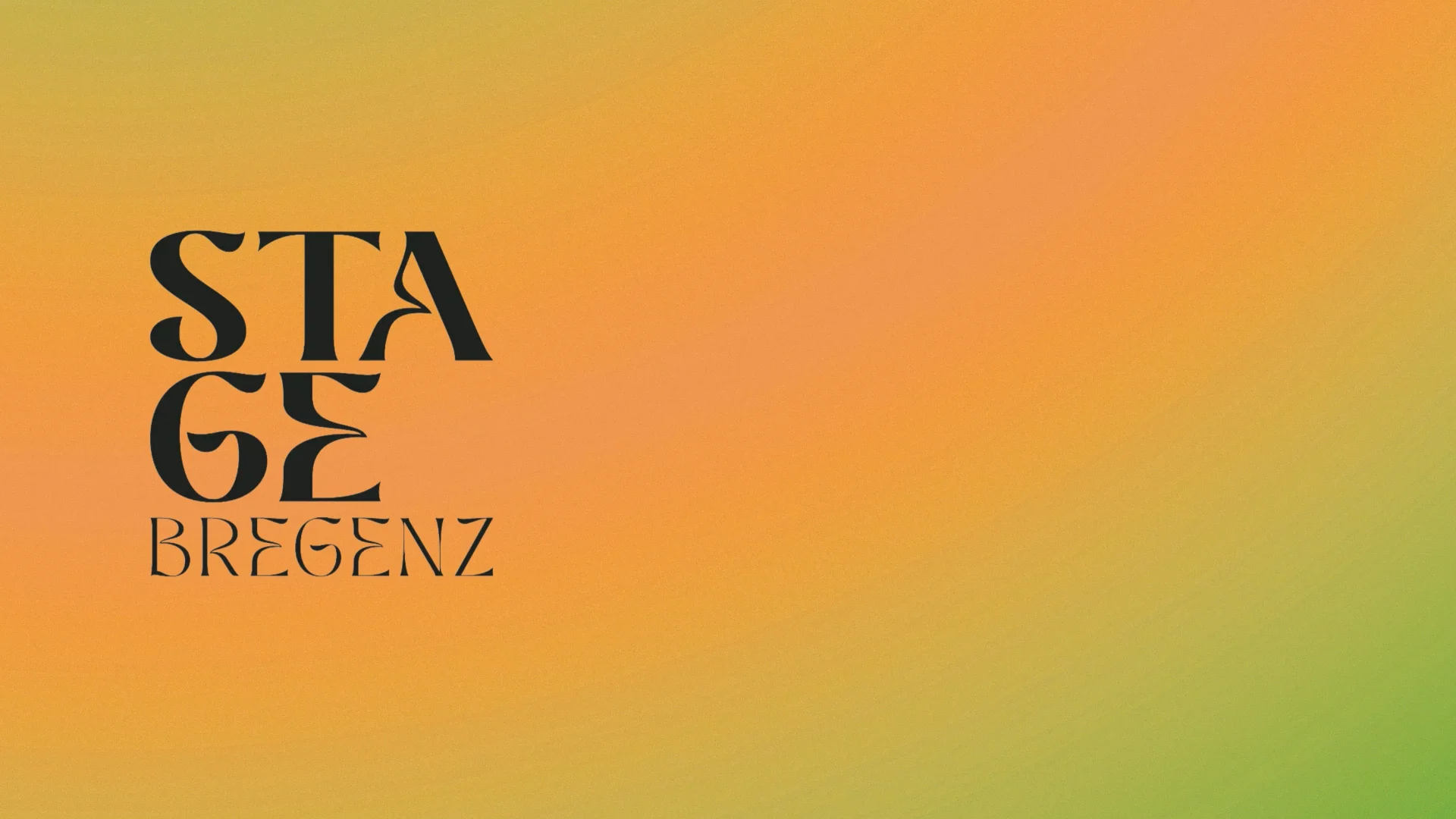
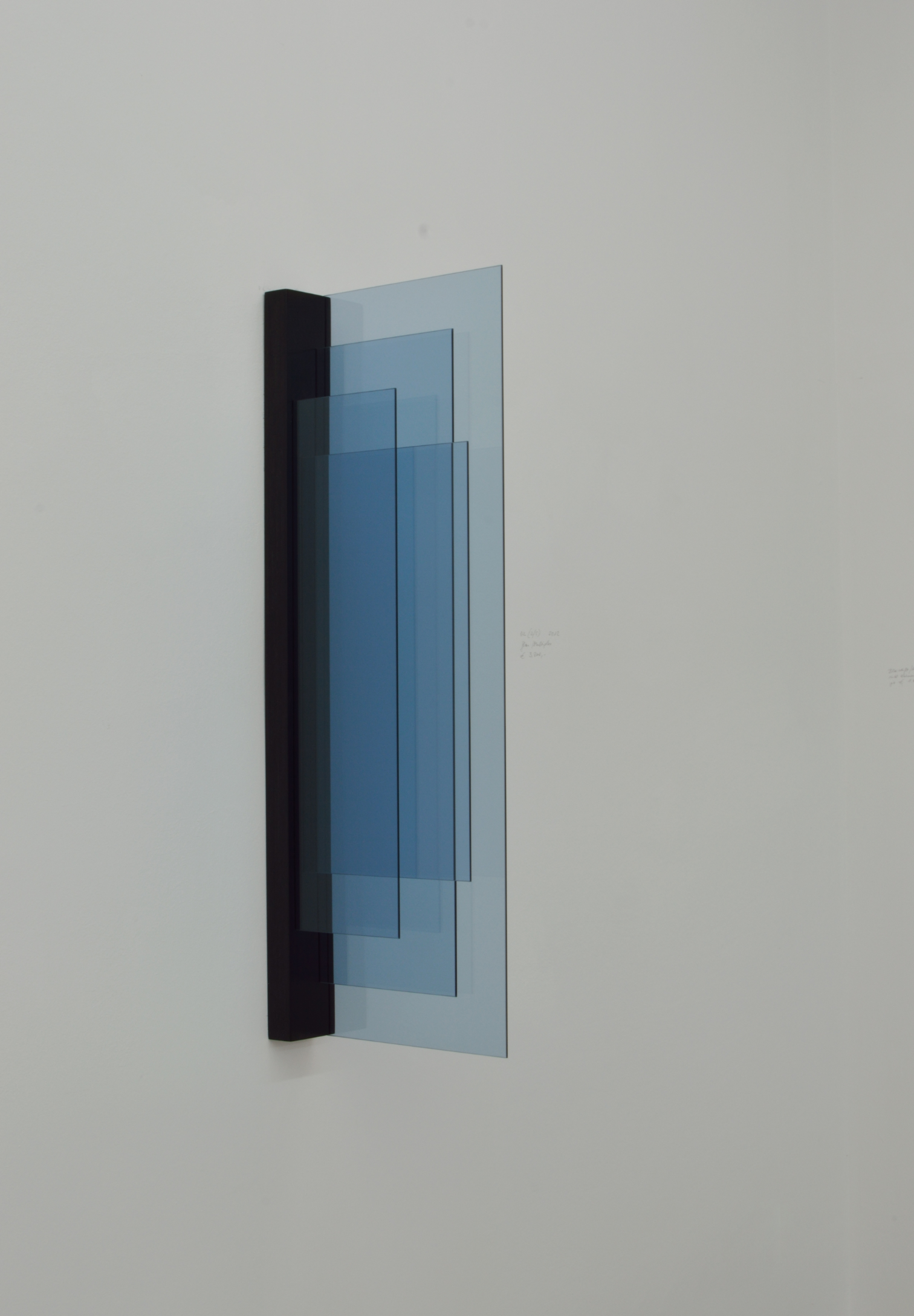

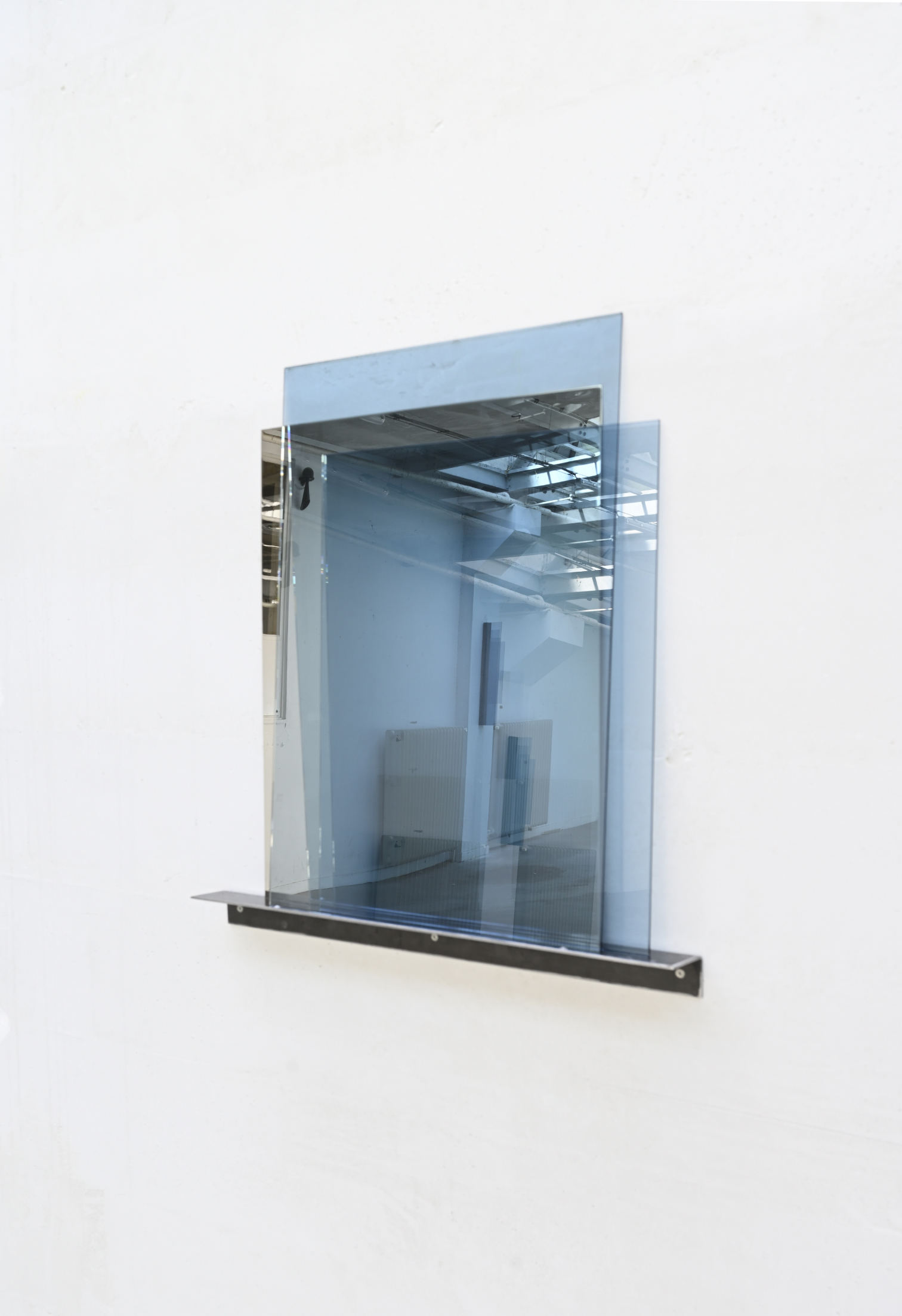

Festspielhaus Bregenz
Platz der Wiener Symphoniker 1
6900 Bregenz, Österreich
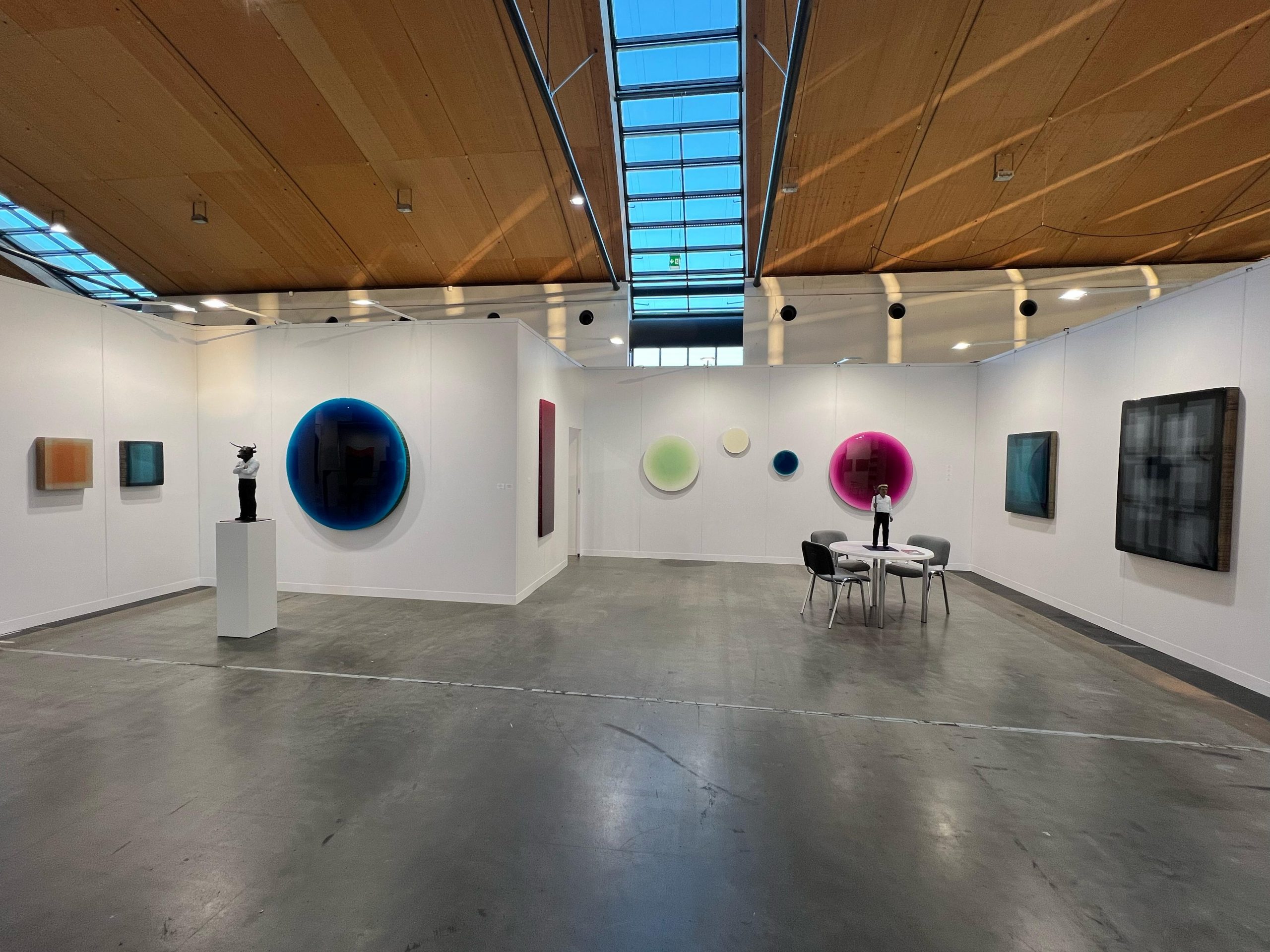

Halle 02, Stand G05
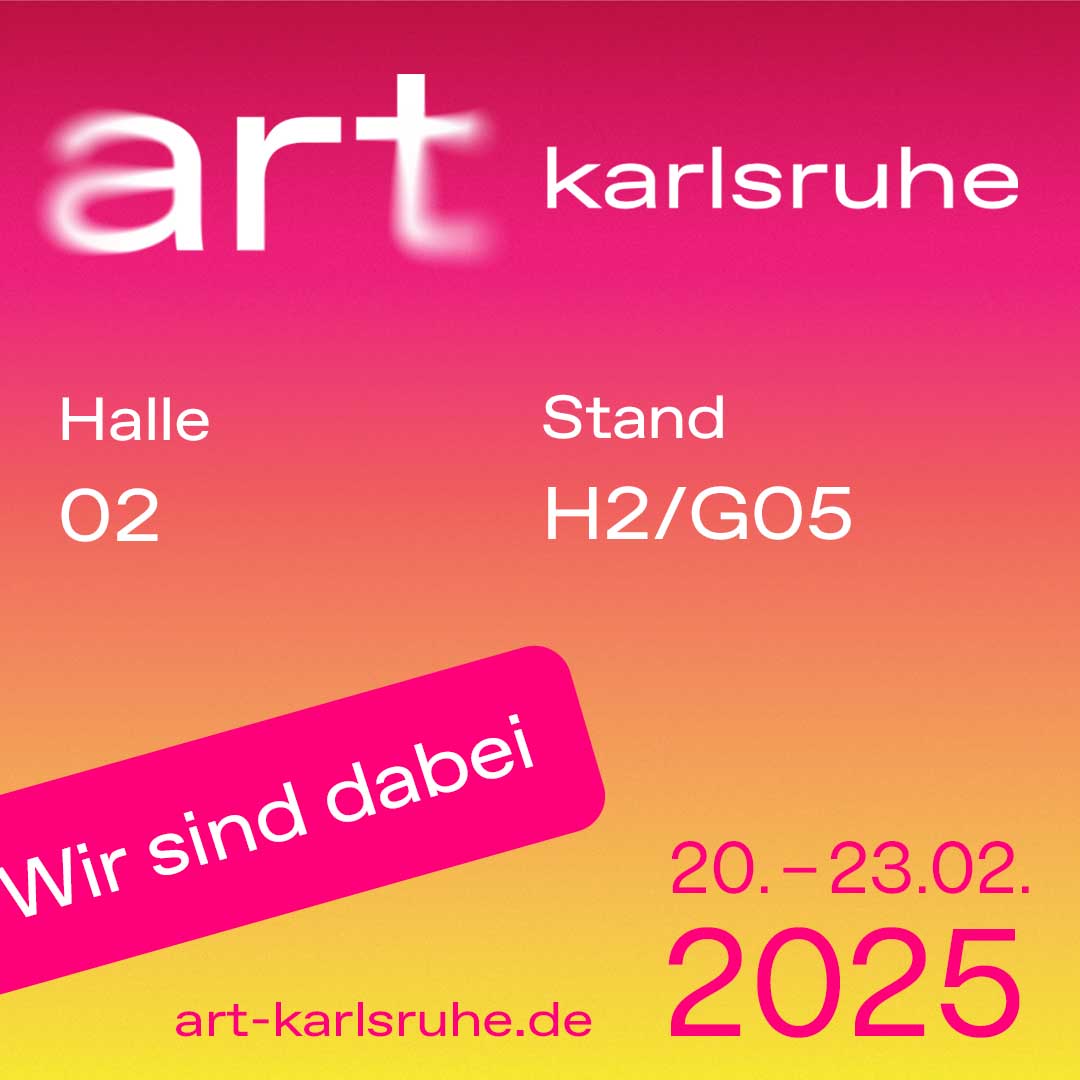
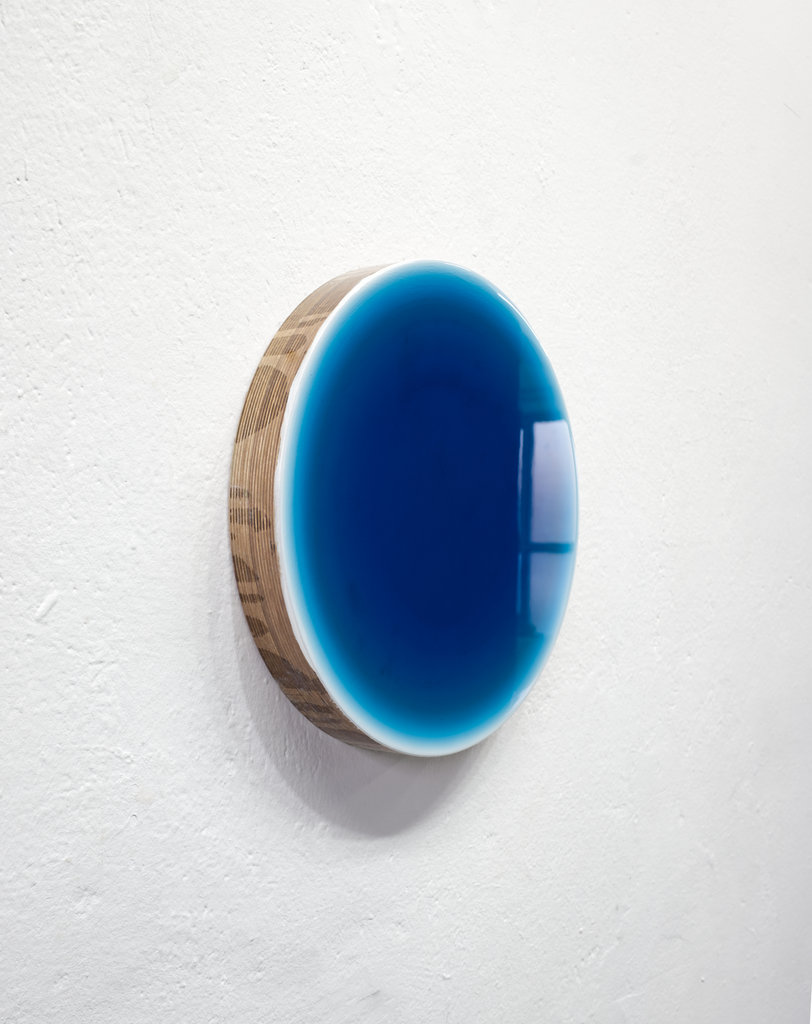
At this year’s edition of art karlsruhe, I’ll be represented in a solo booth by Galerie Löhrl from Mönchengladbach. Thanks to Christian Löhrl and the entire team for this strong commitment!
Please stop by and visit us at H2, booth G05
Caught up in Things. Reflections on the Paintings of Dirk Salz
by Dr. Martin Hellmold
The painter ‘takes his body with him’, says Valery. Indeed we cannot imagine how a mind could paint. It is by lending his body to the world that the artist changes the world into paintings.[1]
When one stands before the works of Dirk Salz, it becomes impossible to escape the encounter with one’s own act of seeing. To perceive the paintings of Dirk Salz is to move in front of them, searchingly and intuitively, at one’s own pace, with an open and engaged mind, attempting to form an idea of the peculiar balance between emptiness and fullness, between factual materiality and visual appearance, which confronts the viewer. The perception of these works is dependent on the space in which they are displayed, the height at which they are positioned and, above all, the light that fills the surrounding space. The lighting conditions have a decisive influence not only on the colour and luminosity emanating from the artworks – affecting the intensity and gradations of the monochrome forms emerging within the inner space of the images – but also on the reflections on their surfaces, with which we are confronted.
The artistic development of Dirk Salz led from his early beginnings, which were focused on figurative representation, diverse experiments and the exploration of technical skills, to a gradual narrowing of his means and forms, reaching a point of extreme reduction. From there, the artist broadened his questions and visual language through engagement with fundamental philosophical reflections, as he found them discussed by thinkers such as Kant, Schopenhauer and others, as well as through analysis of positions in recent art history. Particularly influential were the colour theory and practical studies of Josef Albers and, most notably, Concrete Art. The evolution of this movement since the 1970s, as seen in the work of Imi Knoebel, demonstrates a significant connection to Minimal Art, which also played an important role in shaping Dirk Salz’s approach. Crucial inspiration for Salz also came from his engagement with the ‘abstract sublime’ of American Modernism, especially the large-scale paintings – tending towards dualistic or monochrome colour choices – of Mark Rothko, Barnett Newman and Ad Reinhardt. Newman’s exploration of ‘[m]an’s natural desire in the arts to express his relation to the Absolute’,[2] which he pursued not only in his works but also in his writings, can likewise be understood as a reference point for Dirk Salz’s artistic interests.
„Caught up in things. Reflections on the Paintings of Dirk Salz – Dr. Martin Hellmold“ weiterlesen
Zwischen den Dingen. Reflexionen angesichts der Malerei von Dirk Salz
von Dr. Martin Hellmold
„Der Maler ›bringt seinen Leib ein‹, sagt Valery. Und in der Tat kann man sich nicht vorstellen, wie ein Geist malen könnte. Indem der Maler der Welt seinen Leib leiht, verwandelt er die Welt in Malerei.“[1] (Merleau-Ponty)
Wer den Werken von Dirk Salz gegenübertritt, der kann sich der Begegnung mit dem eigenen Sehen nicht entziehen. Malerei von Dirk Salz wahrzunehmen, bedeutet, sich suchend, intuitiv vor dieser zu bewegen, im eigenen Tempo, mit offenem, tätigem Geist, der sich von der eigenartigen Balance zwischen Leere und Fülle, von faktischer Materialität und visueller Erscheinung, die ihm da entgegentritt, ein Bild zu machen versucht. Die Wahrnehmung dieser Arbeiten ist abhängig von dem Raum, in dem sie gehängt sind, von der Höhe ihrer Positionierung und ganz besonders vom Licht, das sich in diesem Umgebungsraum ausbreitet. Die Lichtverhältnisse haben nicht nur entscheidenden Einfluss auf die Farbigkeit und Leuchtkraft, die von den Werken ausgeht, und damit auf die Intensität und die Abstufungen der monochromen Formelemente, die sich im Binnenraum der Bilder abzeichnen, sondern auch auf die Reflexionen auf deren Oberflächen, mit denen wir konfrontiert werden.
Wenn Räume als Erfahrungsmotive wie Bilder gebaut werden, werden Bilder zu Vorbildern und zugleich zu deren Nachbildern
Wie Dirk Salz mit seinem Wuppertaler Raum in seine Bilder eintritt
von Prof. Raimund Stecker
Bilder bergen eigentlich immer räumliche Illusionen. Und das selbst dann, wenn sie ihre faktische Flächigkeit als genuinen Bildwert identisch mit sich selbst zu exponieren versuchen. Keine faktisch eben-monochrome Fläche wirkt auch monochrom und eben, ebenso wenig wie eine täuschend entwölbte.
Räume hingegen sind – und als solche zumindest illusionsfrei – räumlich! Sie sind räumlich im dreidimensionalen Sinne und um den Faktor Zeit erweitert sogar im vierdimensionalen, wenn nicht gar aufgrund des sehenden und suchenden, forschenden und hinterfragenden, bewusst wahrnehmenden und immer wieder überraschten Sehens faktisch polydimensional.
Räume können so auch Bilder illusionieren, ja hervorrufen, katalysieren. Räume bieten unserem Sehen erst die Schnittflächen durch unsere doppel-monookularen Sehpyramiden und so die Projektionsflächen in unseren Raumsichten.
So weit kursorisch der theoretische Hintergrund zu dem 2023 immer wieder Sehüberraschungen geboten habenden Erlebnisraum von Dirk Salz in der CAMPUSHALLE in Wuppertal. Der Bildner hochkomplexer Bildkörper (siehe vom Autor, in: Dirk Salz – Painting the Absolute)[1] hatte sein Zweidimensionalität sublimierendes Metier verlassen und war in die höchsten Niederungen talgipfelräumlicher (sic) Faktizitäten hineingestiegen, wissend, dass den Scheitelpunkt überschreitend es immer nur bergab geht bis zum nächsten Wendepunkt – und so weiter und so weiter …
If spaces as experiential motifs are constructed like pictures, pictures become both models and their afterimages
How Dirk Salz enters his pictures with his Wuppertal Room
by Prof. Raimund Stecker
Pictures almost always harbour spatial illusions. This is true even when they attempt to expose their factual flatness as a genuine pictorial value identical to themselves. No factually flat monochrome surface appears truly monochrome and flat, and neither does any deceptively decurved one.
Spaces, on the other hand, are – and as such, at least without illusions – spatial! They are spatial in the three-dimensional sense and are extended by the factor of time in the four-dimensional sense, if not even factually poly-dimensional due to seeing and seeking, exploring and scrutinising, consciously perceiving and repeatedly surprised viewing.
Spaces can thus also create the illusion of images – can even evoke and catalyse them. It is spaces that offer our vision the intersecting surfaces through our double-monocular visual pyramids and thus the projection surfaces in our spatial perspectives.
So much for the cursory theoretical background to Dirk Salz’s 2023 experiential space in the CAMPUSHALLE in Wuppertal, which continually offered visual surprises. The creator of highly complex pictorial bodies[1] had left his metier of sublimating two-dimensionality and ascended into the highest depths of valley-peak spatial factualities, knowing that once you pass the apex, the path is always downhill to the next turning point – and so on and so forth…